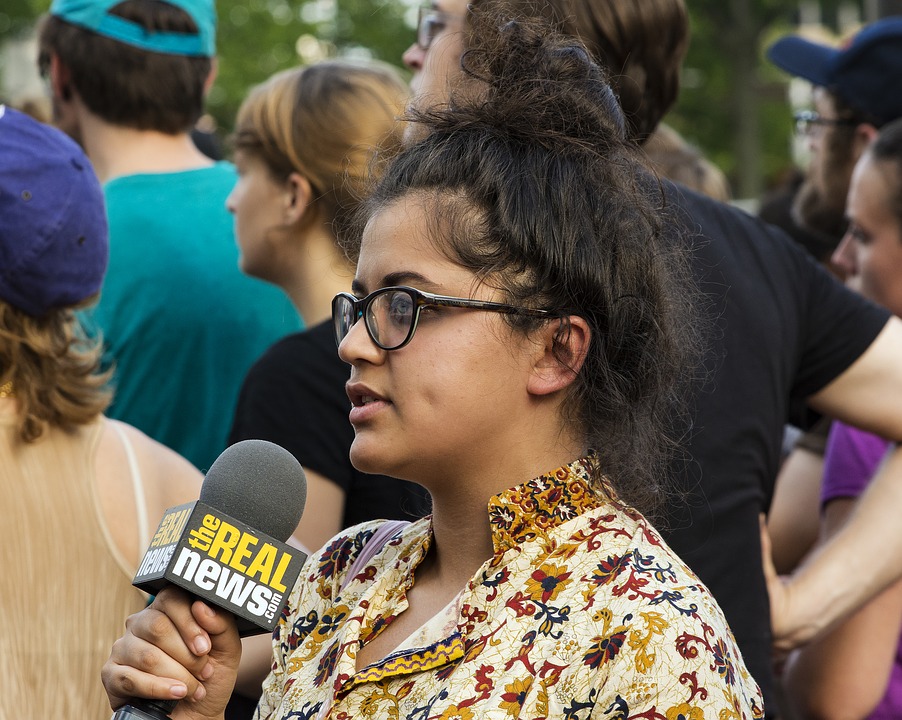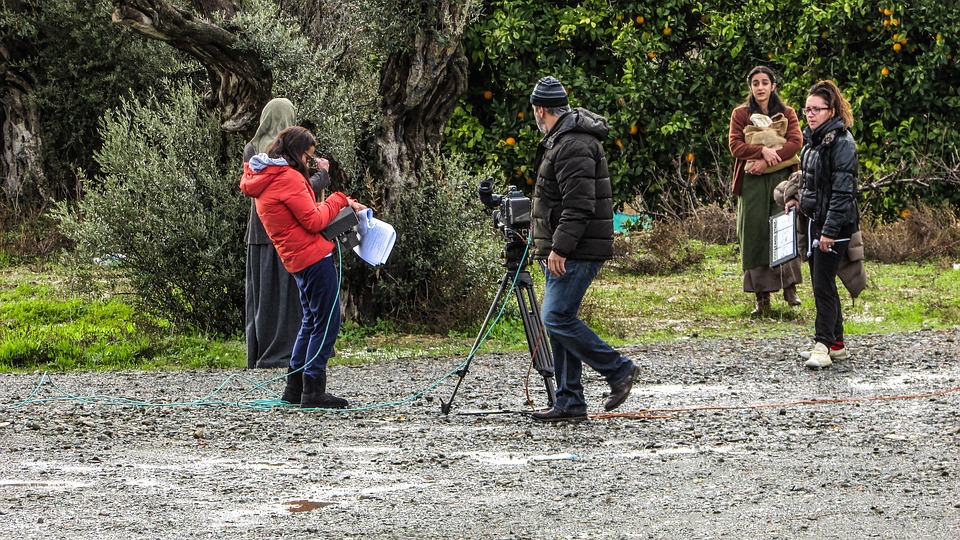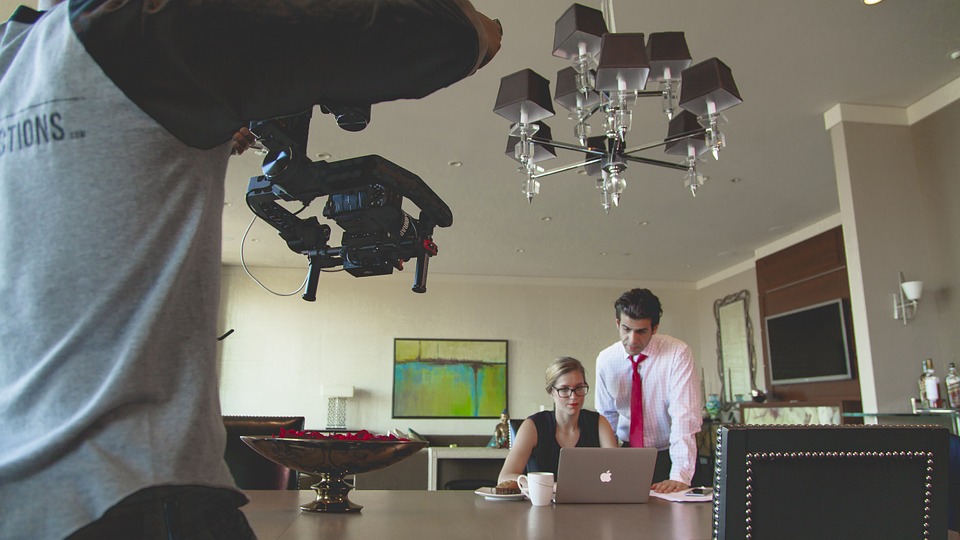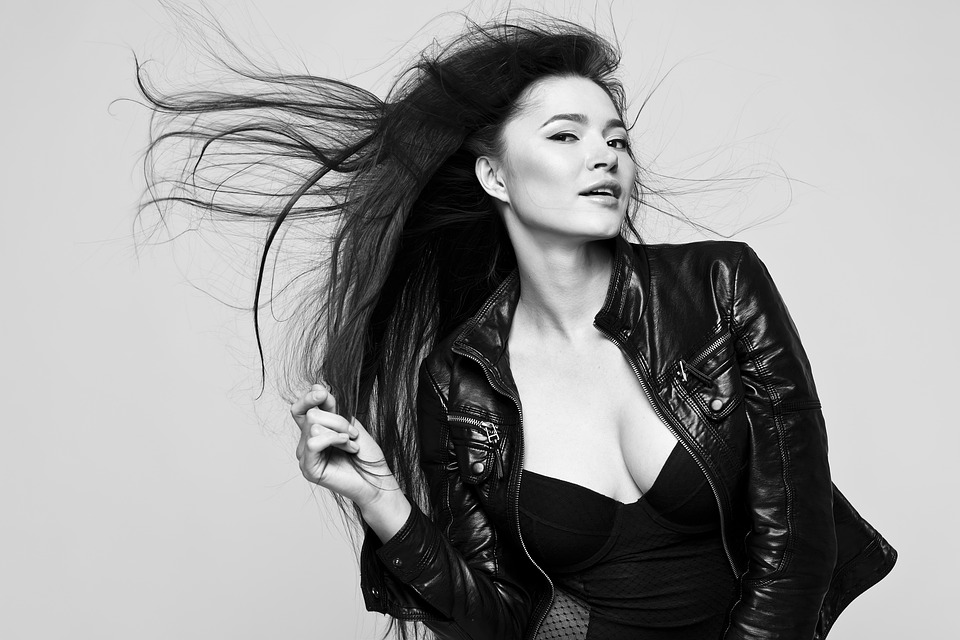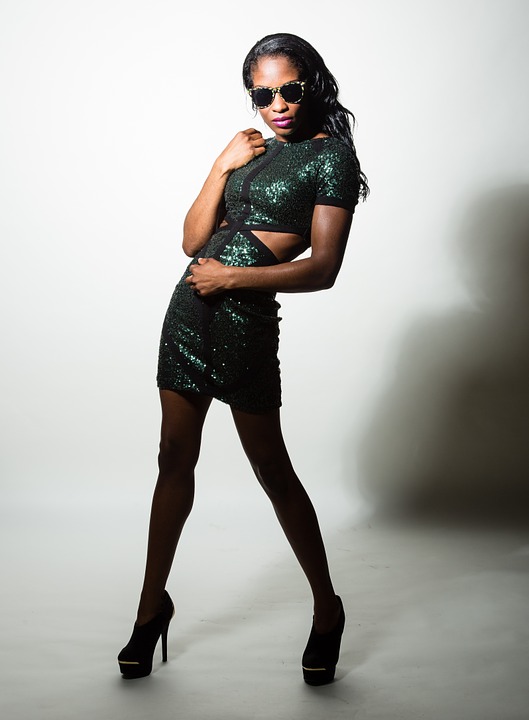Film industries across the globe are growing, and many Middle Eastern countries have a rich cinematic history. For example, Egypt has a film industry that dates to the silent era and Qatar is the home of the Doha Film Institute. Filmmakers in this region often have character-driven narratives that create intimate glimpses into the lives of people who live in the shadow of constant conflict. Because budgets can be very tight in these areas, there are rarely big car chases and special effects; instead, there is creative plot development and solid character development. Here are just a few of the filmmakers you should know:
Youssef Chahine was an Egyptian writer and director who is credited with launching the career of Omar Sharif. Chahine did not shy away from controversy in his films and often explored social themes such as same-sex relationships, the role of women in society, and the relationship between Egypt and Western culture. Like all great directors, Chahine is a stylist with the camera. Cinematology provides an excellent introduction to the framing technique he used throughout his career.
Elia Suleiman is a self-trained writer, actor, and director whose first feature film, “Chronicle of a Disappearance” won Best First Film at the 1996 Venice Film Festival. Suleiman’s films about the Palestinian diaspora are full of comedy and tragedy. He often appears in his feature films as a silent stone-faced character who is reminiscent of Buster Keaton, taking in the absurdity of life in exile. Visually, his films are stunning, full of juxtapositions of sweeping landscapes and closeups on characters’ faces. His dialogue is natural, yet funny and insightful. His 2009 film “The Time That Remains” is a semi-autobiographical look at his family’s life from 1948 to today.
Eran Ricklis is an Israeli writer and director whose films explore the complex relationships between Arabs and Jews in Israel. While his films often have political actions as a backdrop, the focus is on the people who must deal with consequences daily. Films like “Cup Final” (1991), “The Syrian Bride” (2004), and “A Borrowed Identity” (2015) all feature characters who must find a way to understand each other’s humanity.
Annemarie Jacir is a Palestinian-American filmmaker who explores life in exile in films like “Salt of this Sea” and “When I Saw You.” Her films feature strong female leads and challenge expected gender roles. She is also a poet and the cofounder of the Dreams of a Nation cinema project, which promotes Palestinian cinema.
Nadine Labaki is a Lebanese actress and director. She began her directing career doing commercials and music videos before making her first feature film, “Caramel” (2006). “Caramel” and Labaki’s 2010 film, “Where do We Go Now,” both explore love, social roles and traditions, sexuality, and gender roles with humor.
Babak Anvari is an Iranian writer and director, whose 2016 feature debut, “Under the Shadow,” is a psychological thriller. The film is set during the 1980s in post-revolutionary Tehran and Anvari and uses lighting, camera angles, and sound to create genuinely frightening scenes that are reminiscent of Stanley Kubrick’s work.
Want to learn more about global cinema? Thinking about studying abroad? The New York Film Academy has several international locations.



